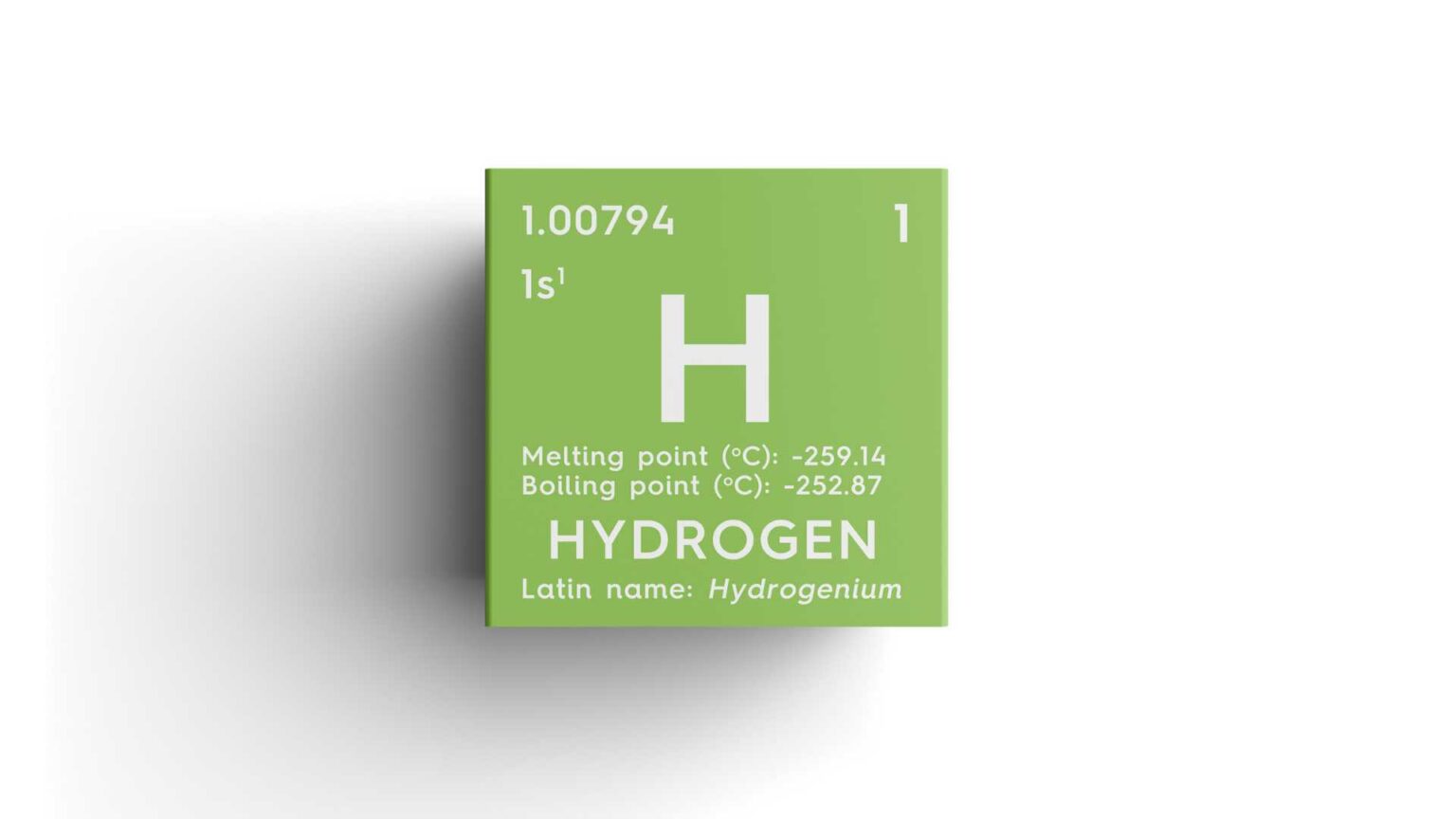Korea Gas Corporation (KOGAS) recently announced a significant achievement in the production of green hydrogen using a 1 megawatt (MW) water electrolysis system.
Hydrogen is considered a next-generation energy source due to its potential for zero greenhouse gas emissions during use. However, current production methods, primarily extracting hydrogen from natural gas, result in carbon emissions, leading to what is termed “gray hydrogen.” The global push for “green hydrogen” involves producing hydrogen via water electrolysis powered by renewable energy sources such as solar and wind. Despite significant advancements, mass production at the MW level remains largely uncommercialized.
KOGAS successfully built a 1 MW next-generation water electrolysis facility utilizing a polymer electrolyte membrane (PEM) at the Jeju Haengwon Demonstration Complex. This facility is reported to produce 18 kg of hydrogen per hour, equivalent to the daily consumption of a single hydrogen bus. The green hydrogen produced will be supplied to the Jeju Hamdeok Green Hydrogen Charging Station.
While KOGAS’s achievement is notable, it is essential to compare it with global efforts. Companies like ITM Power and Siemens are developing larger-scale electrolysis systems with capacities exceeding 10 MW. These companies are also working on integrating their systems with extensive renewable energy sources, aiming for cost reductions and scalability. KOGAS’s 1 MW system, although a significant step, represents an early stage in the broader commercial landscape.
The current production capacity of 18 kg per hour is relatively modest. Scaling up to meet the demands of 30 hydrogen buses and beyond will require substantial technological advancements and infrastructure development. Additionally, the cost of green hydrogen production remains high compared to gray hydrogen and other renewable energy sources.
Building a comprehensive hydrogen infrastructure, including production, storage, and distribution, is a significant undertaking. The Jeju Haengwon Test Complex represents a pilot project, and expanding this model across South Korea will necessitate significant investment and coordination with renewable energy sources.
Government policies and incentives will play a crucial role in advancing green hydrogen technology. However, the regulatory framework must adapt to support large-scale hydrogen production and utilization. Moreover, market dynamics, including competition from other renewable energy technologies and fossil fuels, will influence the pace of green hydrogen adoption.





